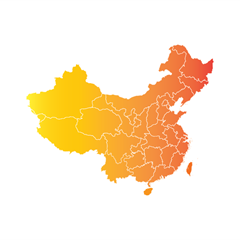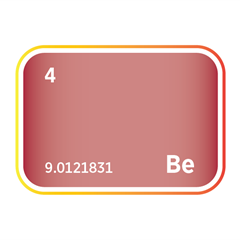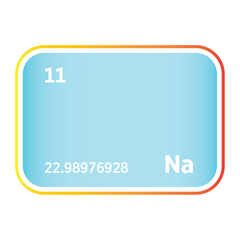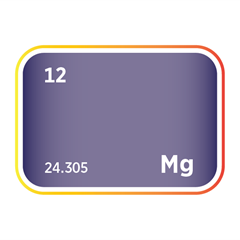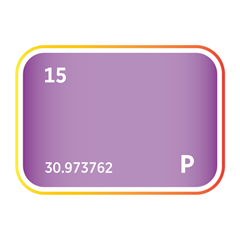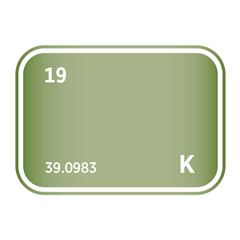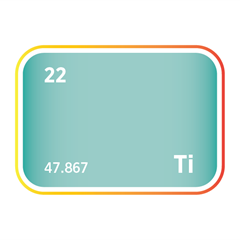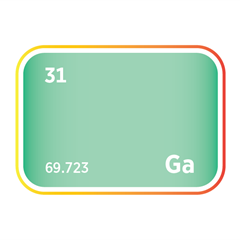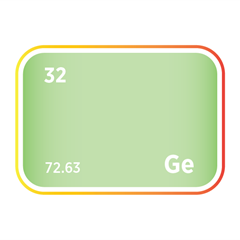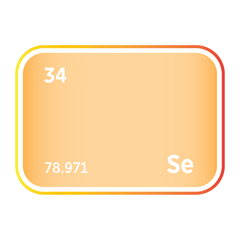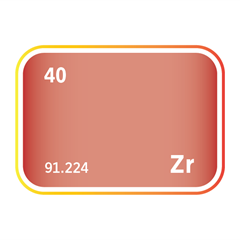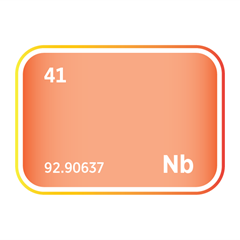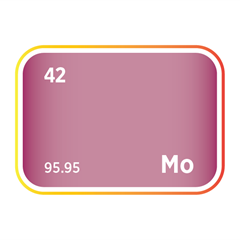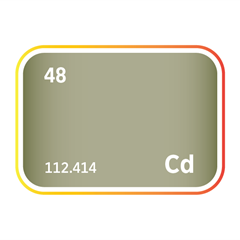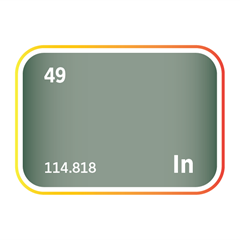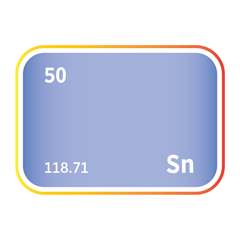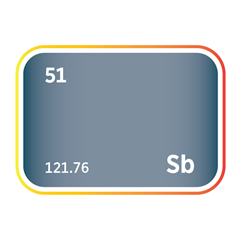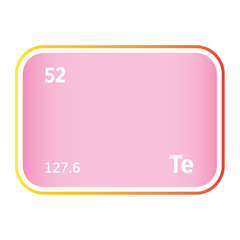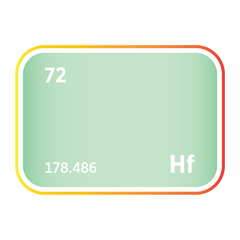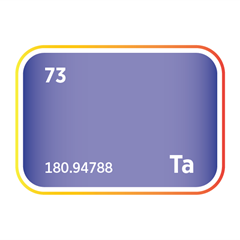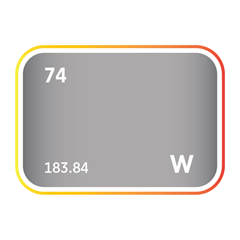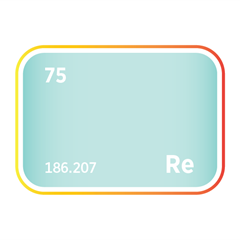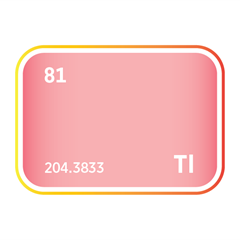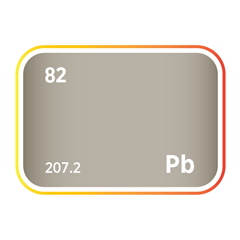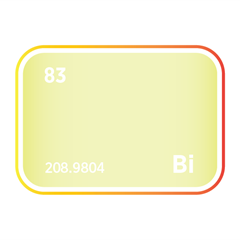High-purity Silicon
Navigating the Silicon Market
High-purity silicon, fundamental to the technological framework of modern society, stands at the forefront of the semiconductor industry and underpins the function of almost every electronic device. Refined to exceptional purity levels, often exceeding nine nines, it is the essential substrate for integrated circuits, microchips and transistors, forming the basis of computers, smartphones and countless digital systems. Beyond electronics, high-purity silicon plays a central role in the photovoltaic sector, enabling the efficient conversion of sunlight into electricity, supporting global efforts to expand renewable energy capacity. The demand for high-purity silicon continues to rise, driven by the accelerating growth of the digital economy and the global transition towards clean energy. This growing reliance highlights its strategic importance, yet it also brings into focus significant challenges. Producing semiconductor-grade silicon requires highly energy-intensive processes and complex purification techniques, which present environmental and economic pressures. The industry therefore faces a continuous imperative to improve efficiency, enhance recycling practices and minimise its carbon footprint. As innovation advances, the evolution of high-purity silicon technology remains central to progress in computing and renewable energy.
An introduction to high-purity silicon
High-purity silicon demand and end-uses
High-purity silicon is experiencing a period of sustained demand growth across advanced technology sectors, reflecting its critical role in enabling the digital and energy transitions. Refined to purity levels between 6N and 11N (99.9999% to 99.999999999%), it possesses exceptional electrical and structural characteristics that make it indispensable in semiconductor fabrication, photovoltaic systems, power electronics, and emerging quantum technologies. As global industries pursue higher performance, energy efficiency, and miniaturisation, high-purity silicon has become one of the most strategically significant materials in modern manufacturing.
The semiconductor industry continues to be the principal consumer of electronic-grade silicon, driven by ongoing advances in integrated circuit design and fabrication. As chip geometries shrink below seven nanometres, impurity levels must be reduced to near zero to prevent lattice defects that could disrupt transistor behaviour. High-purity polysilicon is therefore essential for maintaining device reliability and yield at these advanced nodes. It is used in processors, memory chips, sensors, and logic components that form the backbone of computing, telecommunications, industrial automation, and defence systems. The sector’s continual pursuit of higher transistor densities and performance ensures a stable and expanding market for the highest grades of silicon.
Artificial intelligence and high-performance computing are major contributors to this growth. Modern AI processors and machine learning accelerators depend on float-zone silicon wafers with near-perfect crystalline structure and superior charge carrier mobility. These attributes allow circuits to operate at high frequencies with minimal power loss, a key requirement for handling the complex parallel computations characteristic of deep learning systems. As data centre infrastructure and AI adoption accelerate globally, demand for float-zone and ultra-high-purity silicon wafers is expected to rise sharply, supported by increased investment in advanced wafer processing and material science research.
Quantum computing is emerging as another major driver of ultra-pure silicon demand. Scientists have developed isotopically enriched silicon-28 that eliminates nearly all traces of silicon-29 and silicon-30, isotopes which cause quantum decoherence through nuclear spin interactions. This material achieves isotopic purities above 99.99 per cent, enabling qubits to maintain coherence for up to a thousand times longer than those based on standard silicon. Such breakthroughs position isotopically pure silicon as a promising platform for scalable quantum computing, offering the stability and manufacturability required to progress from laboratory systems to commercial quantum architectures.
In parallel, silicon carbide (SiC) has emerged as a transformative high-purity silicon application, revolutionising the field of power electronics. SiC semiconductors offer superior electrical and thermal properties compared with traditional silicon, including higher breakdown voltages, lower switching losses, and operating temperatures that can exceed 200 degrees Celsius. These advantages make SiC vital for electric vehicles, renewable energy inverters, 5G networks, and industrial power management systems. Producing SiC wafers requires extremely pure silicon feedstock and precise control of the 4H-SiC polytype crystal structure to achieve consistent high-voltage performance. As global electrification accelerates, demand for ultra-pure silicon inputs into SiC manufacturing is expected to increase significantly.
The photovoltaic industry continues to represent another major market for high-purity silicon. Solar-grade crystalline silicon remains the dominant material for photovoltaic cells due to its high efficiency, proven reliability, and mature manufacturing base. As renewable energy capacity expands worldwide, consumption of high-purity polysilicon continues to rise. At the same time, a growing emphasis on circular economy principles is driving investment in silicon recycling technologies. New processes can now recover silicon with 5N (99.999 per cent) purity from end-of-life solar panels, while European and Japanese initiatives demonstrate the feasibility of reclaiming usable silicon from photovoltaic waste at industrial scale. Although recycled silicon may only meet a limited portion of global demand by 2030, it represents a strategically valuable contribution to sustainability and material security.
High-purity silicon’s applications are broadening beyond traditional sectors. In precision optics and photonics, optical-grade silicon enables infrared imaging systems and high-resolution sensors. In healthcare, bio-compatible silicon and hybrid materials are being explored for implantable medical devices and diagnostic technologies, combining the material’s purity with biological stability. Research into advanced ceramics and thermal interface materials further extends its relevance to aerospace and high-temperature industrial processes.
Looking ahead, demand for high-purity silicon will remain closely tied to the evolution of advanced technologies. The convergence of artificial intelligence, quantum computing, electric mobility, and renewable energy is reshaping the material requirements of modern industry, with purity now recognised as a critical determinant of performance and reliability. Combined with advances in recycling, circular manufacturing, and sustainable processing, these developments are set to reinforce high-purity silicon’s status as a critical material of the global high-technology economy.
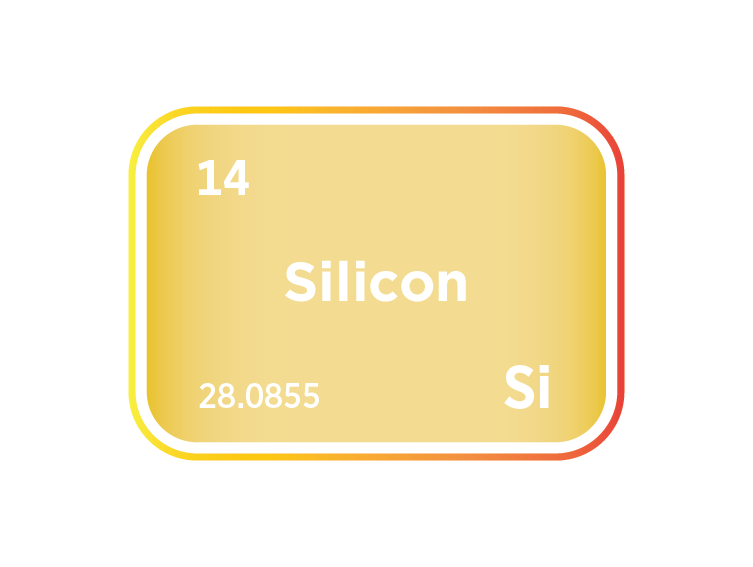
High-purity silicon supply
High-purity silicon is among the most strategically important materials in the global technology supply chain, central to semiconductor and photovoltaic manufacturing. The market is defined by three main purity levels, each serving distinct applications. Metallurgical-grade silicon, refined to 98–99% purity, is used in aluminium alloys and chemical production. Solar-grade polysilicon, refined to 6N and 9N purity (99.9999–99.9999999%), is employed in photovoltaic cells for solar energy conversion. Electronic-grade silicon, refined to between 9N and 11N purity (99.9999999–99.999999999%), provides the base material for semiconductor wafers and integrated circuits. These categories differ not only in technical specification but also in production cost, with electronic-grade silicon commanding a significant premium due to its complex processing and stringent quality control.
While China leads global production of metallurgical and solar-grade silicon, ultra-high-purity electronic-grade material is produced mainly in a small number of technologically advanced economies. Japan, Taiwan, South Korea and Germany dominate wafer and polysilicon manufacturing, supported by sophisticated processing infrastructure and extensive expertise in materials engineering. The United States, despite its strength in semiconductor design and device fabrication, remains heavily reliant on imports for high-purity silicon and wafers. China, meanwhile, continues to expand capacity in solar-grade materials but still depends on imported electronic-grade feedstocks to supply its advanced manufacturing industries.
High-purity silicon production relies on two principal industrial processes, each with distinctive technical and environmental characteristics. The Siemens process, the benchmark for semiconductor-grade production, achieves extreme purity through chemical vapour deposition of chlorosilanes at very high temperatures. Although highly energy-intensive, it remains indispensable for advanced microelectronics. The fluidised bed reactor process, used primarily for solar-grade polysilicon, offers greater energy efficiency while maintaining the purity required for photovoltaic applications. Both methods demand stable energy supplies, high-quality chemical feedstocks and rigorous environmental management, making producers sensitive to energy market volatility and evolving regulatory standards.
Water use presents an additional operational challenge, particularly in wafer manufacturing, where large quantities of ultra-pure water are required for cleaning and etching. As water scarcity becomes an increasingly global issue, this dependence represents a significant constraint for facilities located in arid or resource-limited regions.
Technological advances in wafer fabrication continue to shape the market. Manufacturers are moving towards larger wafer formats and more efficient production techniques to enhance performance and lower costs. At the same time, demand growth from artificial intelligence, data-intensive computing and advanced communications is accelerating investment in high-purity silicon technologies. Wide-bandgap materials such as silicon carbide and gallium nitride are also expanding the scope of high-purity silicon use, particularly in electric vehicles and power electronics, where efficiency and thermal resilience are paramount.
The global supply chain for high-purity silicon remains highly concentrated and exposed to geopolitical and environmental risks. A small number of companies control critical purification and wafer production capacity, heightening vulnerability to trade restrictions, energy disruption and policy changes. Recent export controls and regional industrial strategies have altered long-established supply relationships, prompting renewed efforts to diversify sourcing and strengthen regional cooperation. However, the high capital costs, technical complexity and long lead times required to establish new production capacity mean that global interdependence will likely persist for the foreseeable future.
Silicon metal producers
Polysilicon producers
High-purity silicon substitution
While high-purity silicon can be partially substituted in specific advanced applications, its unique combination of semiconducting behaviour, thermal stability and material abundance makes large-scale replacement highly challenging. Therefore, most industrial efforts emphasize silicon's properties through ultra-refinement, controlled doping or compound formation, rather than developing complete substitutes. High-purity silicon remains fundamental to global semiconductor and photovoltaic manufacturing, and while alternative materials continue to advance, they are generally limited by cost, availability and technological maturity.
In semiconductor manufacturing, alternative materials such as gallium arsenide (GaAs), gallium nitride (GaN) and silicon carbide (SiC) are utilised in high-performance or specialised applications. These materials offer superior capabilities in high-frequency, high-power and high-temperature environments, and are commonly employed in power electronics, radio-frequency devices and optoelectronic systems. Emerging materials such as graphene and transition metal dichalcogenides (TMDs) are also being investigated for next-generation electronics, including flexible and ultra-thin devices. However, despite their potential, these materials remain expensive, difficult to process and unsuitable for the scale and cost-efficiency required in mainstream semiconductor fabrication, where high-purity silicon continues to dominate.
Potential substitutes for high-purity crystalline silicon in the photovoltaic sector include thin-film technologies such as cadmium telluride (CdTe) and perovskite-based solar cells. These materials can offer reduced manufacturing costs and increased flexibility, but they currently face challenges related to stability, scalability and long-term efficiency. High-purity silicon maintains its position as the material of choice for solar photovoltaics. A mature global supply chain, proven reliability and continued improvements in cell efficiency and wafer production techniques support it.
Overall, while alternatives exist for niche or high-performance applications, none currently rival high-purity silicon’s balance of performance, scalability and economic viability. Its role as the foundation of the semiconductor and solar industries remains secure, reinforcing its status as an irreplaceable material in advancing global technology and renewable energy.



Meet the Critical Minerals team
Trusted advice from a dedicated team of experts.

Henk de Hoop
Chief Executive Officer

Beresford Clarke
Managing Director: Technical & Research

Jamie Underwood
Principal Consultant

Dr Jenny Watts
Critical Minerals Technologies Expert

Ismet Soyocak
ESG & Critical Minerals Lead

Thomas Shann Mills
Senior Machine Learning Engineer

Rj Coetzee
Senior Market Analyst: Battery Materials and Technologies

Franklin Avery
Commodity Analyst

How can we help you?
SFA (Oxford) provides bespoke, independent intelligence on the strategic metal markets, specifically tailored to your needs. To find out more about what we can offer you, please contact us.
